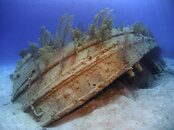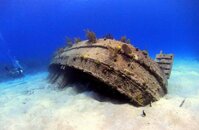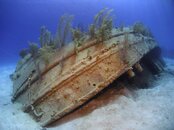Thanks guys all of this helped a lot! especially the strobe diagram. And hh should I be doing the same O-ring cleaning process with my strobe ring and the O-rings on my fiber optics cable?
"Absolutely, Unquestionably Yes". If it uses an O-ring, it needs to be periodically inspected/cleaned/lubed/replaced.
In ye old days of the Nikonos UW cameras, there were a bunch of non-user-servicable O-rings inside the body that were vulnerable. The basic rule of thumb was to periodically mail your UW camera out for service to have someone disassemble your camera and replace them. An industry grew up to service the UW Nikons, with guys like Fred Dion at UW Photo Tech (now
Backscatter East) and Bob Warkentin at
Southern Nikonos to just name but two (the ones I happened to have used ...
both are really great guys, BTW ...).
The maintenance service interval advice was to do it 1x/year (some very frequent divers (ie, Pros) would service every 6 months) but since this typically cost a bit over $100, there was a lot of temptation to try to stretch out the service interval, and one way to do that was by being a lot more anal-retentive in the freshwater rinsing of cameras after your dive, to reduce the salt crystal accumulation down in those nookis & crannies. This is where you hear advice of "keep your camera wet, until..." and so forth. Given that the housings for our modern digital cameras have all of those pushbutton controls ... and yeah, there's an O-ring hidden inside of each of them ... it is a very good idea to keep doing freshwater rinses - - AND - - make it a point to exercise all of those buttons when you're holding the housing underwater in a freshwater rinse tank to try to flush out the saltwater trapped therein.
And one more thing, I'm worried about scratching the lens of my housing is there a DIY way of attaching a homemade cover to protect it while I'm on the boat?
I'm kind of surprised that the UW system didn't come with one.
Best advice here is to call one of the small businesses that specialize in UW photo gear, tell them exactly what you have, and they'll give you the best solution ... then place your order.
Speaking of which, I want a better 'protective piece' myself...backside of the Ike 8" dome port for use during transport...so its time for me to follow my own advice and give Fred a call.

-hh








